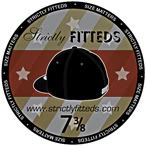BY JESSICA PALLAY
NEW YORK — While many segments of the denim market have maintained their seemingly unending momentum, in the past year the young men’s market has played the role of nonconforming teenager, bucking the bullish blue-jean trend. According to The NPD Group, men in the 18-to-24 age range spent nearly 10 percent less on denim in the 12 months ending in March 2007, just $992.9 million versus $1.1 billion during the year prior.
The dip in denim sales points out an obvious disconnect between the fast-moving young consumer and the brands that service him. He’s already bought all the over-embellished, overpriced denim that he can stand, and is instead moving towards subtler, more toned-down versions. This fact is not lost on his favorite streetwear labels, which, for spring ’08, must compete with the denim basic that seems to have taken the young men’s urban market by storm: Levi’s.
“We’re going more classic for next spring,” says Billy Rudnick, GMM of the urban retail chain Dr. Jay’s. He brought Levi’s into the store last year and has paid close attention as shoppers gravitated towards its “great price and great look. It’s been sensational, to say the least.”
For most retailers, that spells out the end of “garanimals”—denim designs that match exactly to a T-shirt, hoodie and pair of shoes. And while it doesn’t always equal bare-bones basics, for next spring there is more emphasis on “correlating” designs, rather than matching ones.
More basic versions of denim bodes well for the retailer, who’s having a tough time pushing an expensive, wildly embellished jean that can be worn with only one shirt, pair of sneakers or hat. Lando Felix, cofounder and executive vice-president of Enyce, points out that wearability is more important than price point. “Either he’s shelling out $40 for a pair of 501’s or he’s saving up for a pair of True Religion or Prps that he can get much more wear out of than a pair of jeans that’ve been ‘garanimalized,’” he says.
Owner of the specialty retail chain Up Against The Wall, Izzy Ezrailson, adds, “Instead of investing in a ‘whole’ outfit, the guy now buys three T-shirts and one pair of expensive jeans that can correlate. Except for a very specific market, you’re not going to see many ultra-matching tops with ultra-matching bottoms next spring.”
For some vendors, that means minimizing the denim embroidery to correspond with more than one top. At Mecca, spring ’08 will feature subtle detailing on bottoms. Design director Matthew Sprague plans to use a multicolor, space-dye yarn on the body stitching or back-pocket logo that can match any color top or sneaker, whether from Mecca or another label. In addition, he says, simple solid pockets in gold or silver can “hook up” with watches or jewelry instead of confining the wearer to specific apparel. Pepe Jeans will focus on five “signature jeans,” each with a simple back-pocket embroidery that “complements” the rest of a similarly themed collection, says Hala Jebara, director of marketing. “The tops category has really grown overall,” she notes. “The tops are selling on their own, so there doesn’t have to be such a direct tie back to a hoodie or T-shirt anymore.”
For others, the definition of hook-ups has changed. “The hook-up is definitely still going to be there, but you have to think outside of the pocket,” says Kevin Saer, Phat Farm’s vice-president of design. In Phat Farm’s XV spring ’08 line, Saer has placed the detail on the inside of a reversible jean, under the cuff, around the pocket edges or on the bottom of the leg. Akademiks has placed designs under pocket flaps or on the inside of the waistband, says Donwan Harrell, principal and creative director of the label. “We’re working on different ways to get the theme of a group across. We’re not necessarily regurgitating on the back pocket.”
At the denim label Vibe Base, David Ashley, vice-president of sales, merchandising and marketing, believes a slimmer fit has become as important as a cleaned-up design. Vibe Base has seen tremendous upticks in models a full inch narrower than the brand’s “Ray” style with its classic 20-inch leg opening. “It’s an extreme change for the urban market,” says Ashley, “but we expect the slimmer knee and 19-inch bottom to make up 15 to 20 percent of our business by spring ’08.”
Akademiks’ Harrell also believes his business in slimmer, more basic models will increase in popularity next spring. Already, he says, kids in the New York area are switching into clean, narrow fits with a starchy feel—Akademik’s answer to a Levi’s. “It’s about 10 percent of our business now, and it will likely increase next season,” he says, adding that the brand’s basic Components line is quickly expanding. “But in areas like Atlanta, North Carolina or Chicago, the kid is not at that point. He still wants his attire coordinated, but he wants it done more tactfully.”
James Ling, executive vice-president and creative director at Avirex, agrees. “We still have some territories where retailers will only buy bottoms if they have a top hook-up,” he explains of the Marc Ecko Enterprises–owned label. But instead of direct design matches, he says, Avirex will coordinate stories. As an example, a Japanese design group for spring ’08 includes similarly themed images on both a track jacket and jean pocket, but uses different graphics.
For others, like Coogi, spring ’08 will remain “all about the embroideries and the embellishments and the hooks,” says the label’s president Pamela Weisfeld. “I’m not saying that is the case for the market in general, but for Coogi it remains, because it makes us stand out.”
Up Against The Wall’s Ezrailson concedes that some vendors should “stay on that train, and maybe even add a few more trains to the schedule. If you’re capturing the market, there’s no need to tone down.”
But for most streetwear resources, retailers seem to agree that a cleaner, more basic denim is a vital component of the spring ’08 line. Says Dr. Jay’s Rudnick, “Until our branded guys become the leaders, we’re going to supplement them with Levi’s and non-branded names—guys that are smart enough to have opening price points for wearable jeans.”
posted from DNR

Friday, June 29, 2007
Thursday, June 28, 2007
Supreme Court Shifts Price-Fixing Power to Manufacturers
The U.S. Supreme Court today struck down a 96-year-old ban on minimum pricing agreements between manufacturers and retailers.
Winning Without Hitting The Lotto





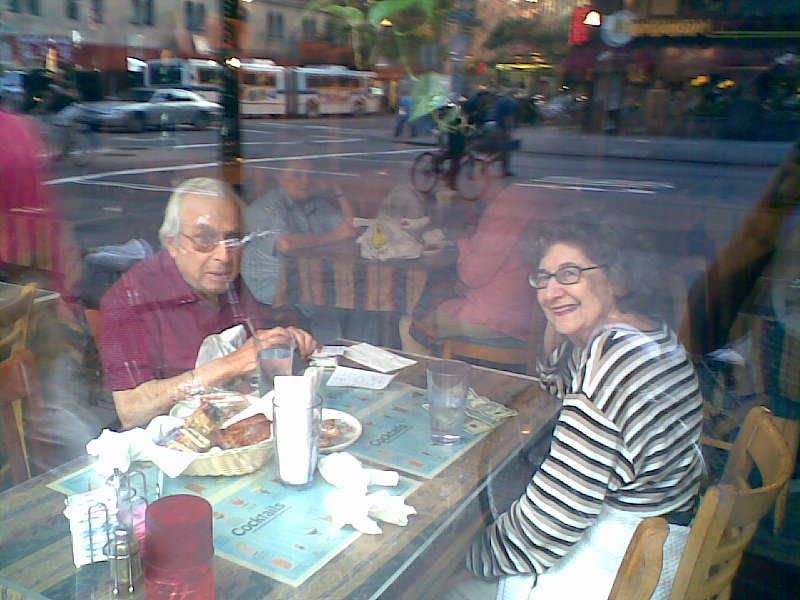





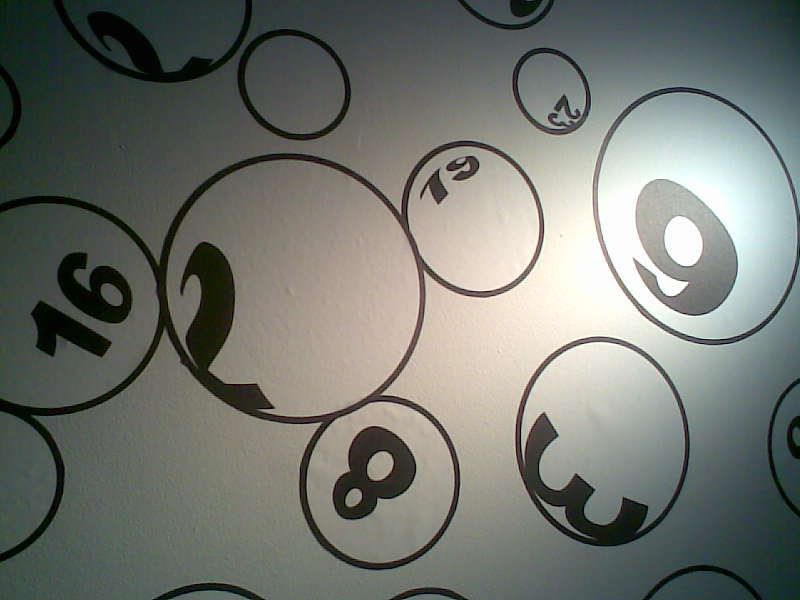


Super Limited No Mas Pumas












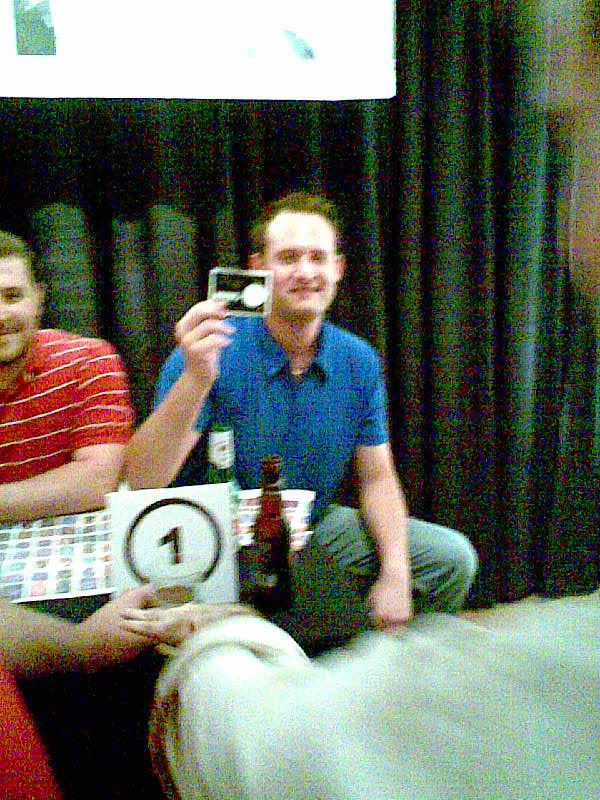
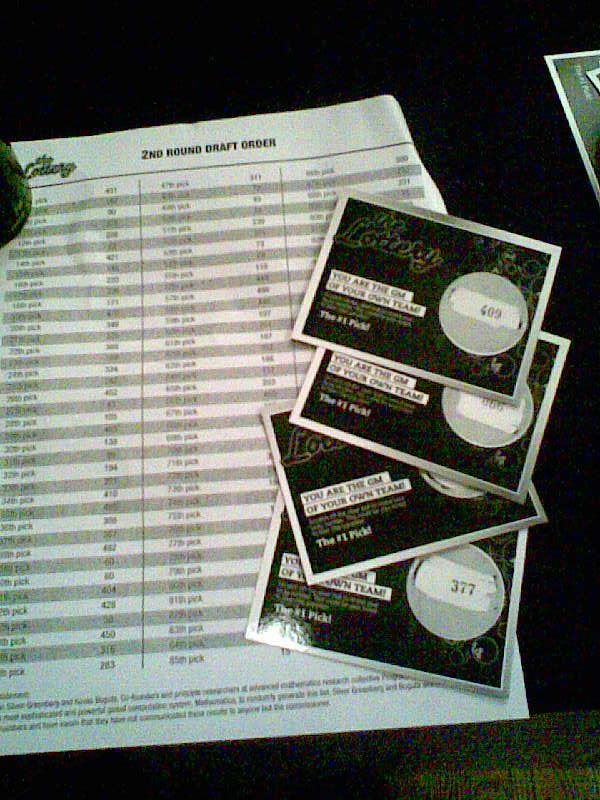
The draft will be reposted in the selected draft order 2day.
33 W19th Street.












Wednesday, June 27, 2007
Tuesday, June 26, 2007
Counterfeit Ring Busted
Huge Counterfeit Smuggling Ring Busted
BROOKLYN – Twenty-nine defendants were charged by federal authorities on three separate complaints with conspiracy to smuggle more than 950 shipments of merchandise into the U.S., valued at $700 million, principally from China, and conspiracy to traffic in counterfeit goods.
The merchandise, including Nike sneakers, North Face jackets, Burberry, Louis Vuitton, Gucci, Chanel and Fendi handbags, and True Religion jeans, was said to have entered the country through ports at Newark, N.J.; Houston; Long Beach, Calif.; the New York Container Terminal in Staten Island, N.Y., and John F. Kennedy International Airport in Queens, N.Y.
Four of the defendants were also charged with money laundering. As part of the investigation and seizure of counterfeit merchandise, U.S. Immigration and Customs Enforcement which employed investigative techniques that included the use of cooperating witnesses, undercover agents, and video and audio surveillance.
posted from WWD
BROOKLYN – Twenty-nine defendants were charged by federal authorities on three separate complaints with conspiracy to smuggle more than 950 shipments of merchandise into the U.S., valued at $700 million, principally from China, and conspiracy to traffic in counterfeit goods.
The merchandise, including Nike sneakers, North Face jackets, Burberry, Louis Vuitton, Gucci, Chanel and Fendi handbags, and True Religion jeans, was said to have entered the country through ports at Newark, N.J.; Houston; Long Beach, Calif.; the New York Container Terminal in Staten Island, N.Y., and John F. Kennedy International Airport in Queens, N.Y.
Four of the defendants were also charged with money laundering. As part of the investigation and seizure of counterfeit merchandise, U.S. Immigration and Customs Enforcement which employed investigative techniques that included the use of cooperating witnesses, undercover agents, and video and audio surveillance.
posted from WWD
Monday, June 25, 2007
Foxy Brown Catches a Bad One

@ a Party in Pink Houses?
Hmmmmmmmmmmmm
C'mon Fox you're from BK.
You know better than that.
I hope it was a Hollywood beat down and not a Bedrock.
Brooklyn heads know what i'm talkin' about
Subscribe to:
Comments (Atom)
















